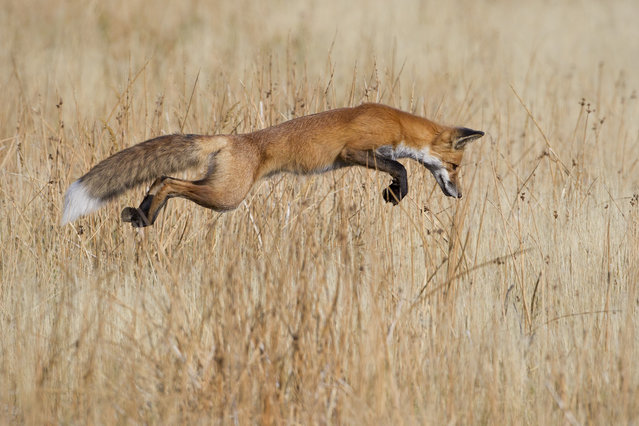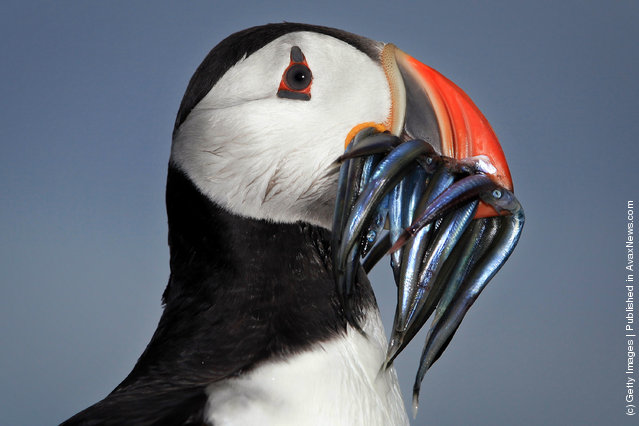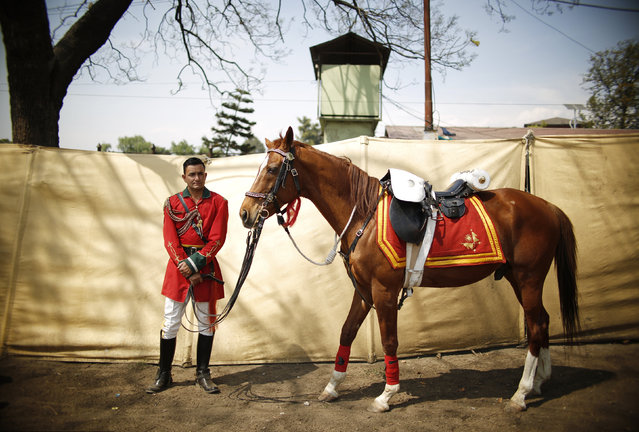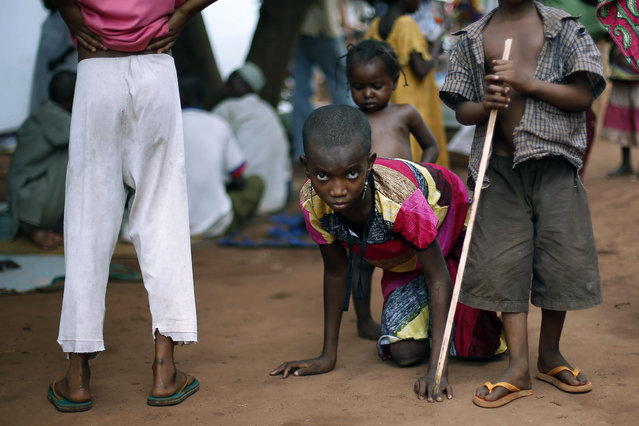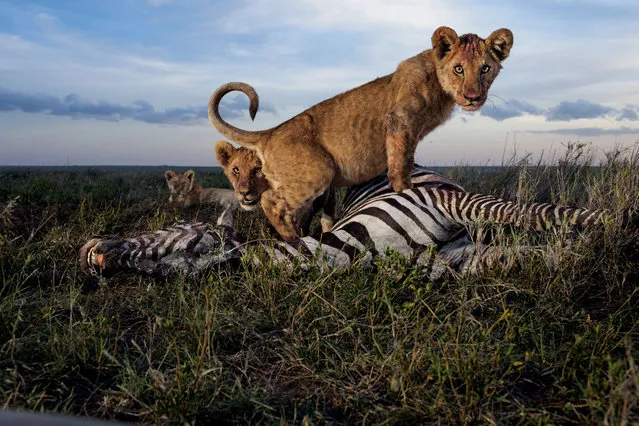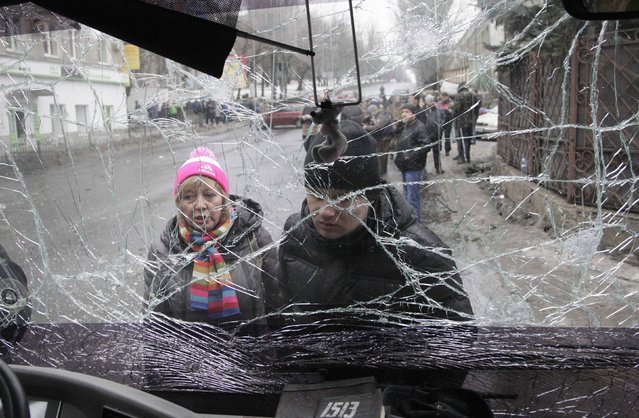
People look through the front windshield of a damaged trolleybus in Donetsk, January 22, 2015. At least seven civilians were killed on Thursday when a shell or a mortar hit a trolleybus stop in the rebel-controlled city of Donetsk in eastern Ukraine, a Reuters witness said. The Reuters cameraman said he saw six bodies on the ground near, and inside, a trolleybus in a southern district of the city. Windows of shops nearby had been blown out by the blast. (Photo by Alexander Ermochenko/Reuters)
24 Jan 2015 14:32:00,post received
0 comments

